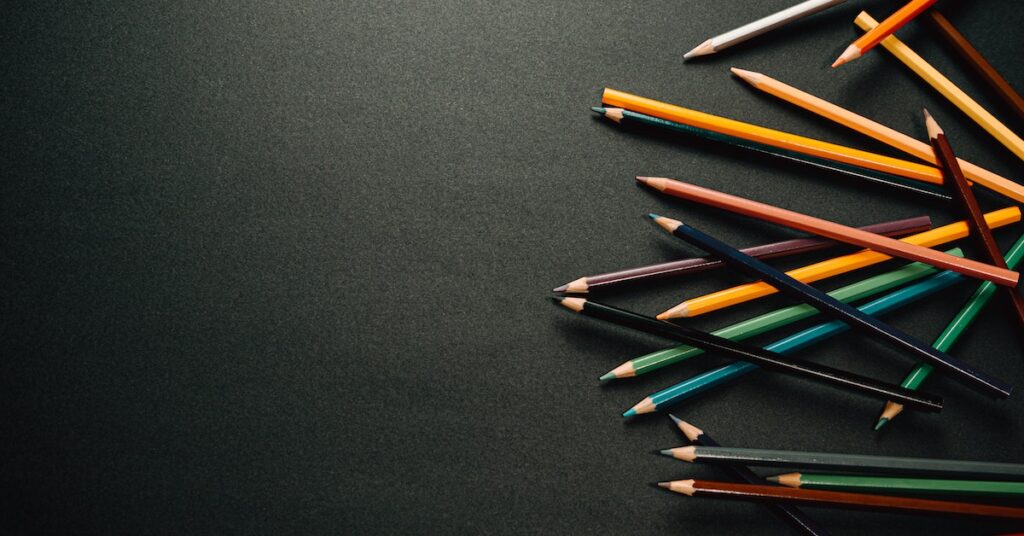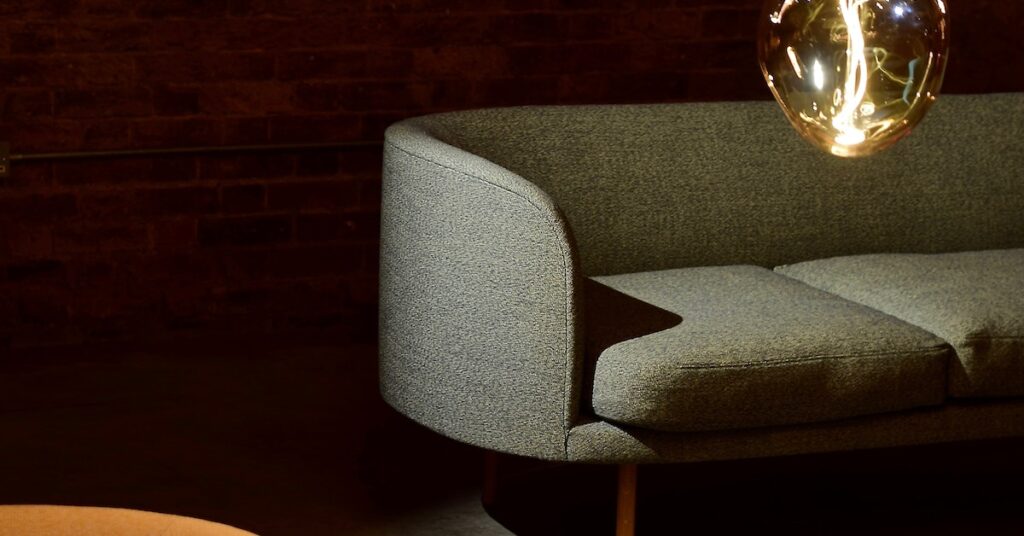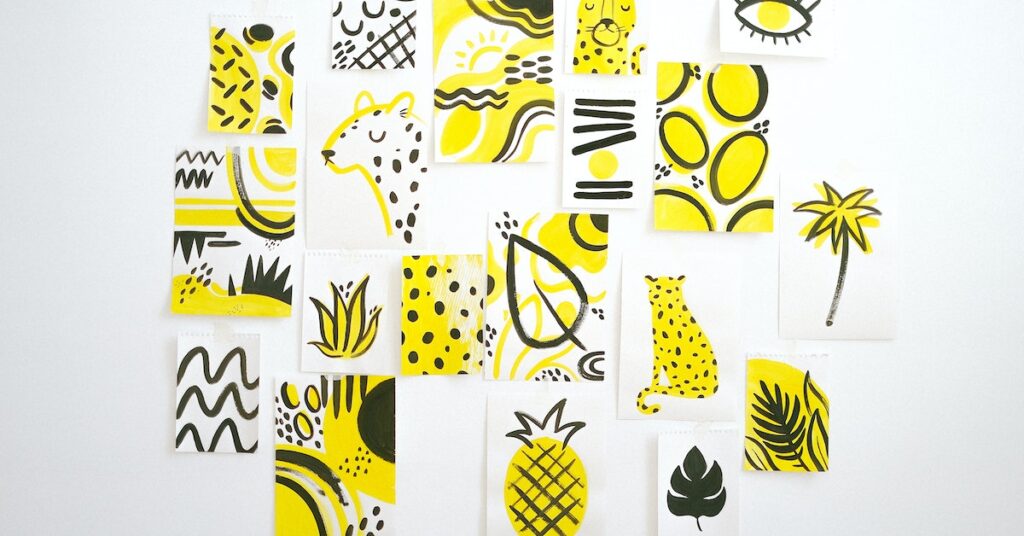Drawing is an important and effective way to express yourself. It will help you to solve problems and analyze ideas, and it will strengthen your focus and help you to develop stronger artistic skills. Drawing also improves your short-term memory and helps you recall ideas that you might otherwise forget. It also helps you to learn how to balance and control your hands.
Drawing is a powerful tool for self-expression
Drawing is a form of self-expression that dates back hundreds of years. Before the advent of photoshop and filters, illustrations were the primary form of art. Today, children are able to photoshop simple images into works of art, but drawing still remains one of the purest forms of self-expression.
Drawing can be used as a form of self-expression for children as young as five years old. It can help them express their feelings, thoughts, and ideas. In this case study, a six-year-old child’s drawings were used to investigate his self-perception. Drawing activities were conducted with the child over four sessions. During each drawing session, the child was asked about the pictures he had drawn.
It helps you find your art style
Developing an art style is a difficult process. Some people have an innate style and it just sprouts from their work, while others spend more time thinking about it. It helps to take a look back at your past work and note what you like and dislike. Then describe the style you want to create.
Learning the style of a famous artist is another important aspect of developing your own style. The more you study a certain artist, the more you’ll learn from them. Picasso’s work, for example, can help you learn the details that define a unique style. It can also help you understand how forms and features fit together. Studying the work of a master artist can give you a fresh perspective and spark your work.
A style is a collection of elements that tie together your art. Your choice of color palette, composition, subject matter, and medium will determine your art style. This style can change over time, so it’s best to keep evolving as you progress. It’s important to find a style that you enjoy and that you feel comfortable with.
You can also start learning about different techniques. For instance, you can try to paint a landscape. You can also try painting abstracts or animals. Another option is to work in watercolors. Whatever medium you choose, remember to use a variety of different techniques and styles until you find what works best for you.
It prepares you for a painting
It’s not always easy to get in the mood to paint. You may be in the middle of a busy schedule or you might be feeling under the weather. Regardless of the reason, preparing yourself for a painting before you begin it is highly beneficial. It helps you keep your motivation high in those times when you might not feel like painting.
It strengthens your focus
Drawing can be an effective way to improve your focus and attention span. The ability to focus for long periods is required for nearly everything we do. From reading a book to keeping a conversation going, we need to be able to stay focused. Studies have shown that drawing increases focus and concentration. It can also lower stress levels and anxiety. It also strengthens your willpower and confidence.
Another way to improve your focus is to use a timer. Setting a timer will make you more aware of how much time you have to concentrate on a particular activity. This can help you limit the number of times you check your phone or play video games. Setting a timer is not a magic cure for improving your focus, but it can help you improve the fundamentals and increase your stamina.
It improves your creative thinking
The art of drawing is a good exercise to improve your creative thinking. The process of drawing requires you to use your mind creatively, which in turn results in many new ideas. This art form is not difficult and does not require you to be a master artist. The key is to get over your fear of the blank page and let your creative juices flow.
If you are unsure of what to draw, you can start with nature or your immediate surroundings. You can even combine several things and get more ideas. Once you have a few ideas, write them down and revisit them. Then, combine the ideas and create new ones. This way, you create a super brainstorming pool of ideas.
Learning to draw can improve your creativity and your memory. Research has shown that drawing can improve your ability to remember things and focus. It can also help improve your visual perception and memory. This is why it is a good practice to improve your creative thinking. It helps you see the world in a new light.
It is a form of art therapy
The idea behind Artist Draw is to encourage you to draw freely without worrying about drawing perfectly or being good at it. This practice helps you to express your feelings and release pent-up emotions. If you’re feeling down or depressed, doodling can calm you down. Luckily, there’s no need to have a professional art supply or even a sketchbook to get started.
Many studies have shown that art therapy has many benefits for mental health. For example, it can help people process difficult emotions and phobias. It can also help those who suffer from depression and anxiety to make sense of their feelings. In addition to helping people cope with their mental health, the benefits of art therapy extend to assisting people with physical ailments as well.
Art therapy uses creative expression to help patients overcome their problems. By combining psychological knowledge with art techniques, art therapists are able to help patients explore their emotions, find ways to address their conflicts, and build confidence and self-esteem. It is an effective way to help patients deal with traumatic experiences and improve their lives.
While the process behind Artist Draw is therapeutic, many studies have shown that it can be used as an aid in other forms of therapy. The benefits of art therapy are numerous, and are largely dependent on the type of therapy you’re receiving. Some art therapists work with children and teens, while others use art for the benefit of adults experiencing mental illnesses.








